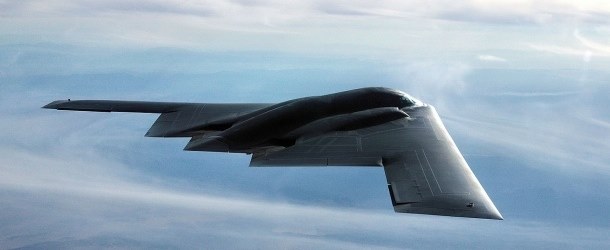Warfare Evolved: An Analysis of Quantum Radar Scenarios

(EurAsiaReview) Given the importance of stealth systems in the US military, any power determined to counter its superiority would be interested in quantum radars. As of today, China seems to be leading the way in the field; but the same logic also applies to Russia. Quantum radars would represent a significant enhancement to their anti-access / area denial (A2/AD) strategy conceived to prevent US forces from operating close to their territory. At the same time, the low range of quantum radars also limits their value as anti-stealth solutions; even though sensor fusion – the sharing of data between different platforms to have a greater view of the battlespace – could offset this problem at least to a certain degree. If quantum radars were able to send detailed enough data on the position (including altitude for aircraft), speed and direction to missile launchers, the latter could use the information to guide their weapons to the target.
Depending on the cost and capabilities of quantum radars, three theoretical scenarios are possible, which may coincide with different phases of their development.
1) If they will turn out to be highly expensive and limited-range systems, as is likely over the short term, they will hardly have any operational value, as enemy stealth platforms would be able to engage their target with long-range standoff weapons well before entering into the quantum radars’ detection zone.
2) If their cost will diminish without significant improvements to their range (possible medium-term scenario), quantum radars will probably be deployed to form dense’ grids’ of networked sensors to ensure an extensive coverage at least over sensitive target-rich areas. Even though it would complicate the C&C structure of the defenders, this kind of scenario would also present significant challenges to the attacker due to the difficulty of locating and neutralizing a large number of radars and thus disrupting the grid’s efficacy.
3) The detection range of quantum radars may increase, resulting in a similar use as conventional radars; with the cost influencing only the number of stations deployed. By ensuring detection of enemy aircraft or surface ships over whole regions (for instance the South China Sea), this would have deep strategic consequences. Another possible implication of long-range but low-cost systems would be their miniaturization, allowing them to be mounted on mobile ground vehicles, fighter planes, and so on. This may lead to a proliferation and a ‘normalization’ of quantum radars that would significantly change warfare.
Reality is likely to take in-between forms also depending on the user’s specific strategic environment. Yet, they allow to make some predictions on the impact of quantum radars on international stability. Thanks to their ability to ignore RCS-reducing features and jamming techniques, they would make it much harder for an attacker to launch a surprise attack with the intent of debilitating its adversary. By reducing the appeal of such an escalatory move, quantum radars would therefore have a stabilizing effect. Yet, warfare is a dialectic process where any advance in defence results in efforts to circumvent it.



















